Written by Clare Ferguson and Patryk Pawlak,
The escalation of the conflict between Iran and Saudi Arabia – just a few weeks after the two countries sat down at the same table for the first time to discuss the conflict in Syria – comes at a particularly sensitive moment.
Diplomatic ties between Iran and Saudi Arabia – two powerhouses and main rivals in the Muslim world – have been downgraded or even severed by both sides in the past, and in this context, the latest decisions by Saudi Arabia and several other Gulf countries to ostracise Iran do not represent a radical change in their bilateral relations. Nevertheless, the present situation gives cause for concern considering the growing sectarian problems in the region.
Relations between Iran and Saudi Arabia have always been complicated. The 1979 Revolution in Iran and the Iran-Iraq war (1980-1988) helped to solidify historical antagonisms between the two countries, and have influenced their foreign policies. Teheran and Riyadh have increasingly traded hostilities since 2011, including through their Syrian, Iraqi and Yemeni proxies.
Iran, a state with a Shia Muslim majority, stands accused of interfering in the internal affairs of Saudi Arabia, Bahrain and other Gulf countries with significant Shia minorities. Meanwhile, Iran also accuses Saudi Arabia of anti-Shiite discrimination.

Although many of the beliefs and practices of the different branches of the Islamic faith are shared, leadership disputes within the Muslim community have gradually resulted in the formation of two main branches: the Sunni and the Shia. Furthermore, the Shia branch comprises a range of different groups, such as the Khawarij, Ahmadiyaa, and Imamiyya. Despite the many religious and cultural connections they share, different branches of the Islamic faith differ from each other in their interpretations of aspects of the faith, views on Islamic history, and conceptions of leadership. The range of commonalities and differences between these communities is particularly relevant today, when many conflicts in the Muslim world are depicted in sectarian terms.
Sunni Islam is by far the largest branch of Islam, having largely avoided fundamental divisions, and its followers therefore constitute 87-90% of the Muslim global population. Sunni Islam claims to represent the Muslim consensus concerning the teachings of the Prophet Muhammad, and originated among those Muslims who deny Ali ibn Abi Talib as the Prophet’s sole successor. Sunnis do not believe that leaders of the Muslim community are infallible, and whilst Sunni institutions and individuals may be influential, there is no centralised religious authority, and only a vague hierarchy.
To the contrary, followers of Shia Islam – a minority in the world’s total Muslim population – believe that Ali ibn Abi Talib and his descendants represent the only legitimate succession to the Prophet Muhammad. Nevertheless, Shia Muslim believers themselves have disagreed over the leadership, leading to the emergence of numerous further communities. Understanding their origins and religious foundations – in particular in relation to the much larger Sunni branch – is essential for a better comprehension of developments in Syria, or the regional rivalries between Iran and Saudi Arabia.
Good relations between Iran and Saudi Arabia are crucial to the smooth implementation of the carefully brokered diplomatic undertakings of the past few months – in particular the nuclear deal with Iran and the implementation of UN Security Council Resolution 2254 (2015) on Syria.
The international community, including the Arab League, the United Nations, the United States and the European Union, all have an interest in seeing a de-escalation of the present conflict. Finding a solution which allows all parties to save face, whilst showing restraint and responsibility, is an urgent challenge for the coming months.
Quoted EPRS publications
- Iran-Saudi Arabia relations: figuring out the next move
- Understanding the branches of Islam: Shia Islam
- Understanding the branches of Islam
Visuals

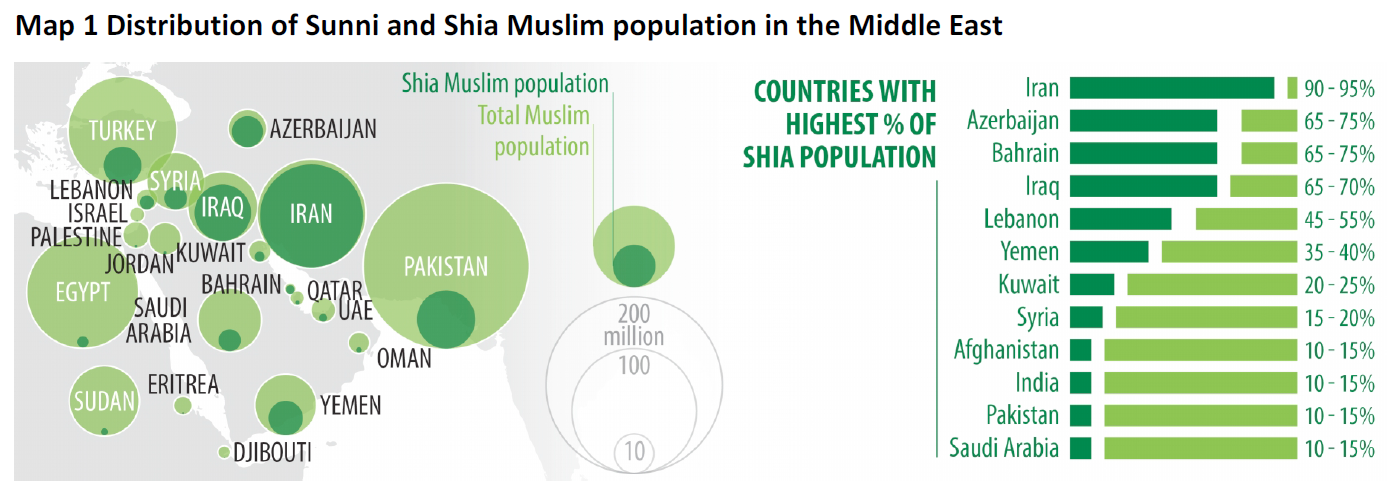
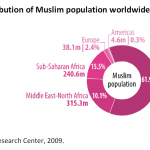
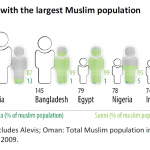
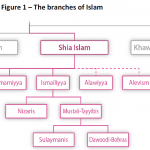
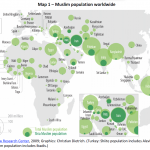
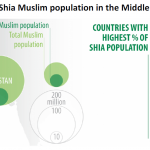






[…] […]